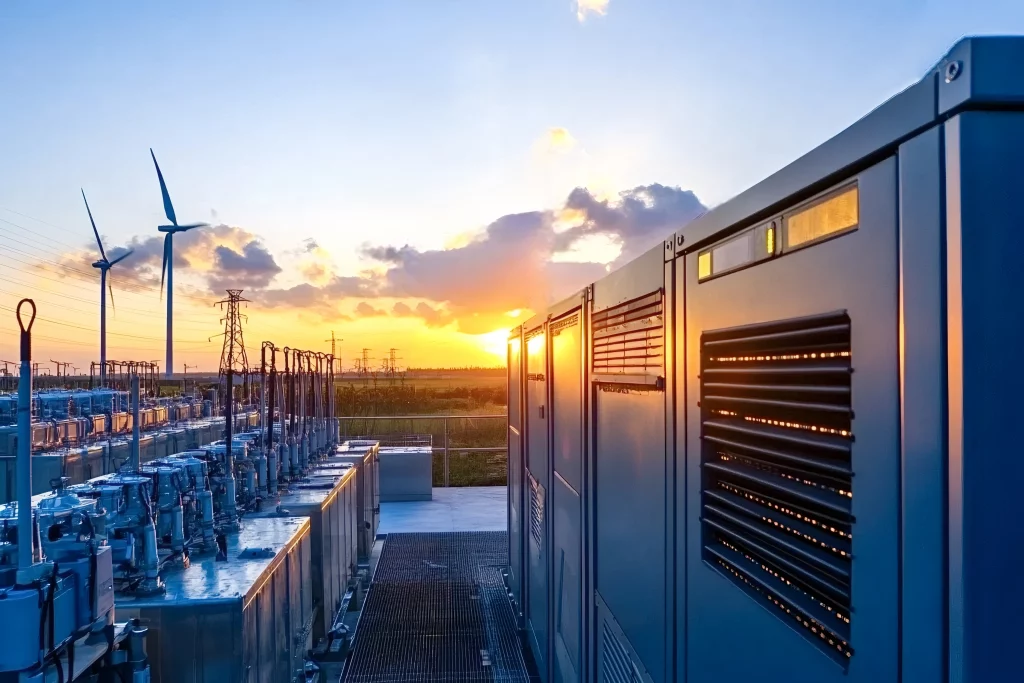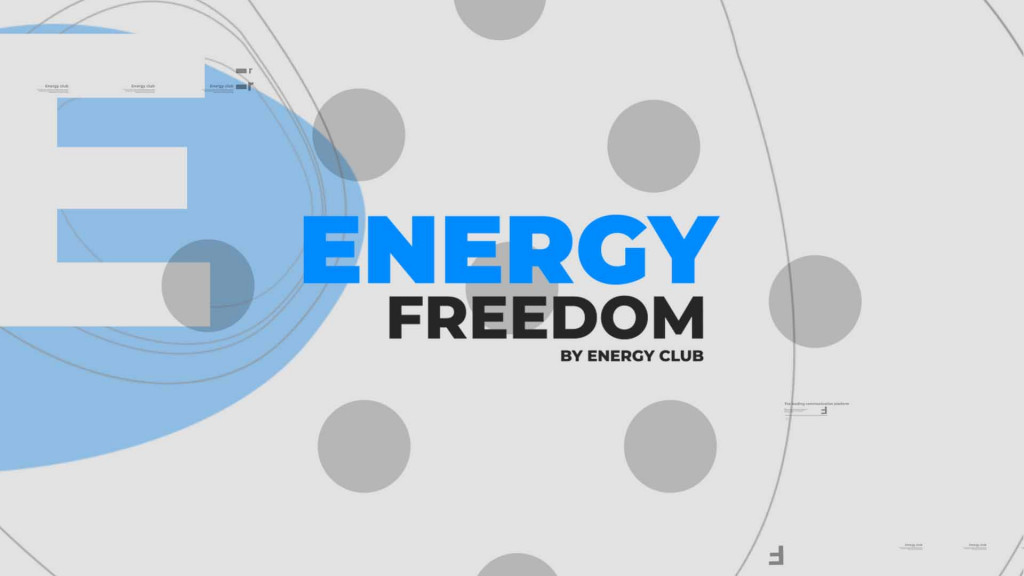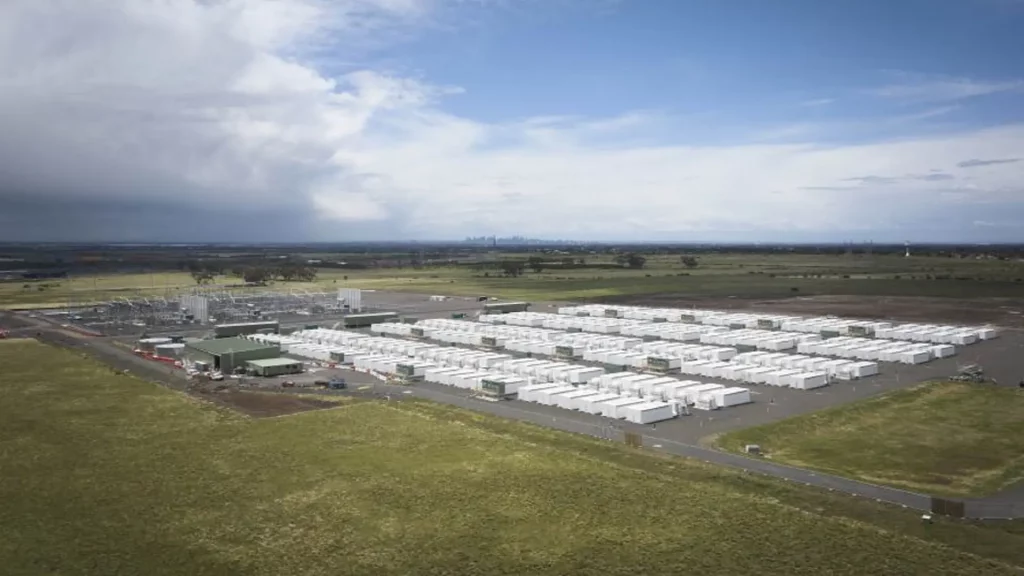
Project of the Century: China Begins Construction of the World’s Largest Hydropower Station
23.07.2025China has officially launched the construction of the Medog Hydropower Station on the Yarlung Tsangpo River in Tibet. During the groundbreaking ceremony, Premier Li Qiang described it as the “project of the century,” according to official sources cited by Reuters.
Project Scale and Specifications
The plan involves the construction of five cascading hydropower plants with a combined capacity of 60 GW and an expected annual output of 300 billion kWh.
This would be almost three times more than the current global leader — the Three Gorges Dam, which generates around 100–112 TWh annually with a capacity of 22.5 GW.
The total investment exceeds 1.2 trillion yuan (approx. USD 170 billion), making Medog a potential new world leader in hydropower generation.
Economic Impact
The project is positioned by the Chinese government as a major economic driver, expected to boost the construction, steel, cement, and logistics sectors, while also creating thousands of jobs in Tibet.
According to Citi analysts, construction in the first year alone could contribute +0.1% to China’s GDP. The markets responded accordingly:
Iron ore futures hit a four-month high
Construction stocks reached their highest level in seven months
Geopolitical and Security Concerns
India and Bangladesh have raised concerns that the new dam may affect the Brahmaputra River’s downstream flow, potentially threatening water security for millions. Some observers fear it could be used for political leverage.
Chinese officials insist the plant is being developed using a run-of-river model, without a large reservoir, and that it does not aim to exert “water hegemony.” Diplomatic channels with neighboring countries remain open, particularly around disaster prevention and environmental monitoring.
Environmental Challenges
Even before operations begin, the project poses a significant carbon footprint.
According to Morgan Stanley, construction will require approximately 30 million tons of cement — equivalent to two years of current national output. Substantial amounts of steel will also be used.
These materials come from sectors that, combined, are responsible for up to 20% of global CO₂ emissions (IEA, IPCC).
In addition, the Medog site lies in a seismically active region, presenting complex engineering and environmental risks.
Social and Cultural Risks
Local Tibetan communities have voiced concern over potential displacement and the threat to sacred Buddhist sites.
Previous projects — such as the Kamtok dam — triggered protests and mass arrests, raising fears that similar tensions could escalate again in Medog.
The Medog Hydropower Station is not merely a power project — it is a bold statement of China’s long-term strategy. It signals a return to mega-infrastructure investment to boost economic growth, strengthen energy autonomy, and assert regional influence.
Yet the dam also stands at the intersection of climate risk, geopolitical tension, and social resistance. The real question is not just how much power the project will generate — but what kind of message it sends to the rest of the world.
Sources: Reuters, 23.07.2025, The Guardian, 21.07.2025.
More news — at 100re.org.ua.
Become a member of 100 RE UA
Switching to 100% renewable energy in Ukraine is possible!




